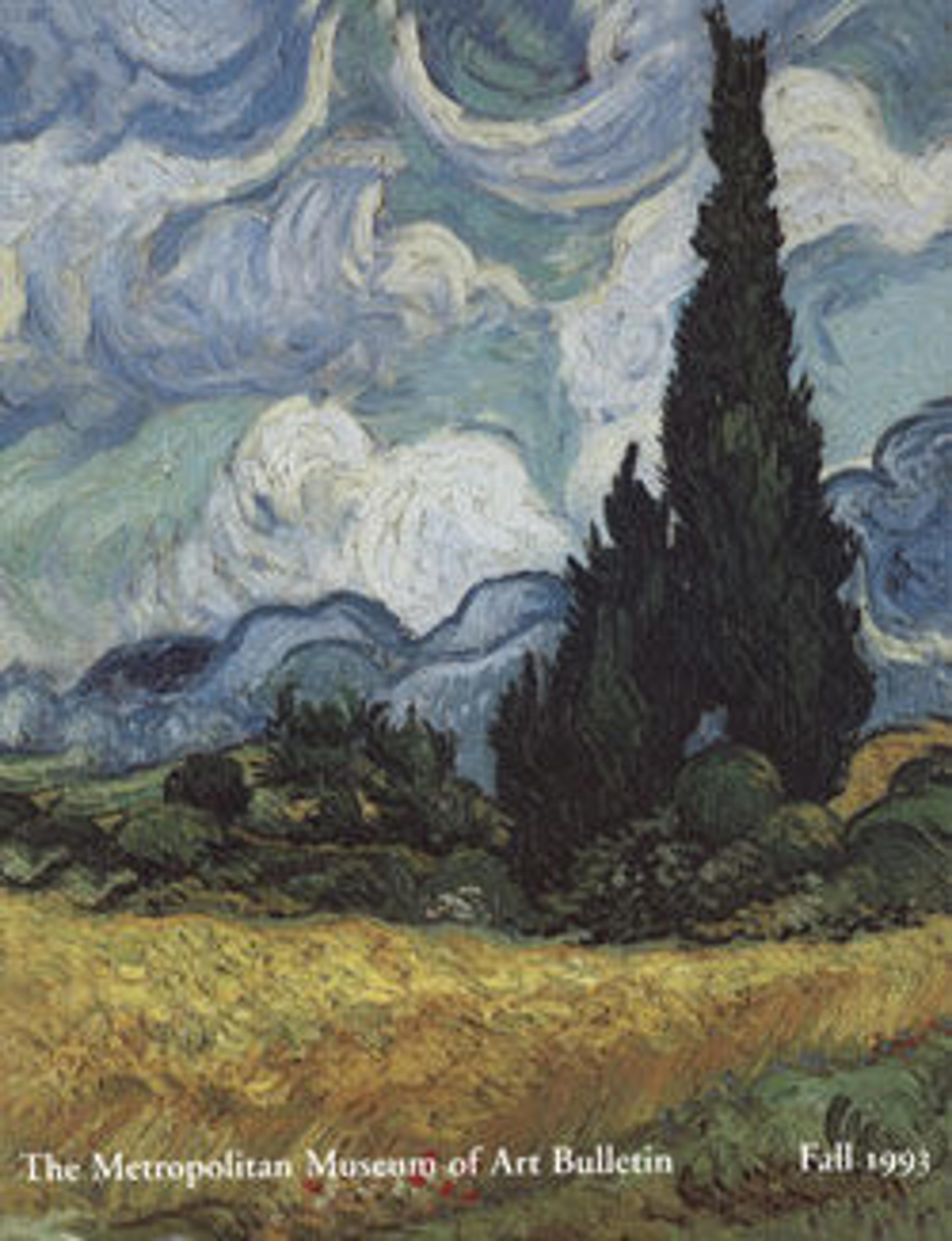Paper knife
The reputation of the Castellanis––Fortunato Pio (1794–1865) and his sons Alessandro (1823–1883) and Augusto (1829–1914)––rests principally on Classical Revival jewelry they produced from about 1863, when Alessandro established a branch of the firm in Naples, until his death. Earlier, however, the firm had explored a range of styles, and it is to this period that the letter opener, with its eclectic mixture of Early Christian, classical, and medieval motifs, probably belongs. The symmetrical design, identical on both sides of the blade, features roundels and carefully proportioned geometric compartments characteristic of the work of the duke of Sermoneta, a friend of Alessandro's, who prepared similar designs for the firm in 1859. The angels on each side of the handle recall figures on a later medieval jewel that Alessandro evidently saw in England in 1861–62, of which he is known to have made five copies.
The angels are enameled en ronde bosse, a technique practiced in the early sixteenth century; the remainder of the letter opener is cloisonné enamel, with the cloisons formed of gold filigree wire. Although constructed of nineteen individual sections, an effect of seamless unity is achieve by the harmony of design and color and by the impeccable craftsmanship.
The angels are enameled en ronde bosse, a technique practiced in the early sixteenth century; the remainder of the letter opener is cloisonné enamel, with the cloisons formed of gold filigree wire. Although constructed of nineteen individual sections, an effect of seamless unity is achieve by the harmony of design and color and by the impeccable craftsmanship.
Artwork Details
- Title: Paper knife
- Maker: Firm of Castellani
- Designer: Possibly after a design by Michelangelo Caetani, Duke of Sermoneta (1804–1882)
- Date: ca. 1863
- Culture: Italian, Rome
- Medium: Gold, enamel
- Dimensions: 10 1/4 x 2 3/4 in. (26 x 7 cm)
- Classification: Metalwork-Gold and Platinum
- Credit Line: Purchase, Mrs. Charles Wrightsman Gift, 1993
- Object Number: 1993.66
- Curatorial Department: European Sculpture and Decorative Arts
More Artwork
Research Resources
The Met provides unparalleled resources for research and welcomes an international community of students and scholars. The Met's Open Access API is where creators and researchers can connect to the The Met collection. Open Access data and public domain images are available for unrestricted commercial and noncommercial use without permission or fee.
To request images under copyright and other restrictions, please use this Image Request form.
Feedback
We continue to research and examine historical and cultural context for objects in The Met collection. If you have comments or questions about this object record, please contact us using the form below. The Museum looks forward to receiving your comments.
